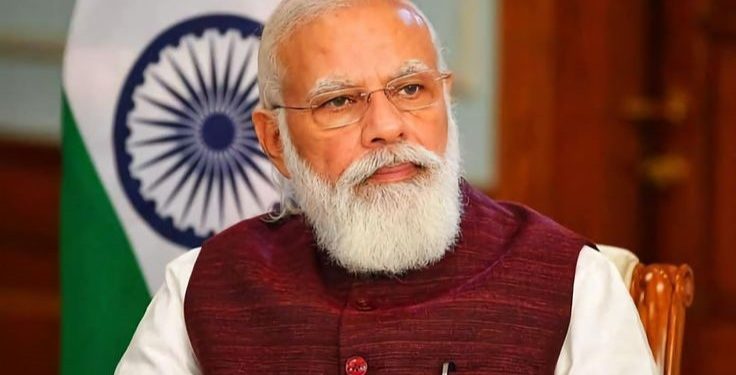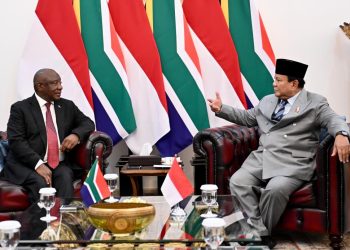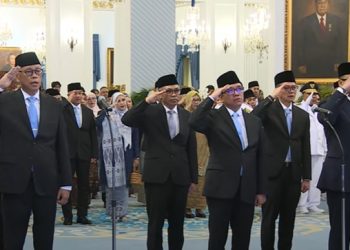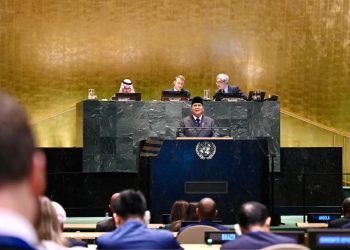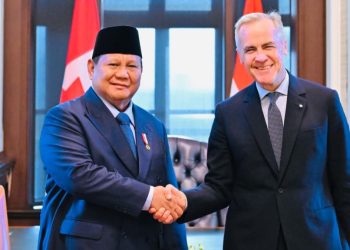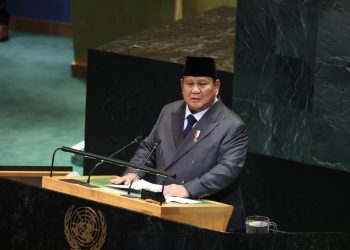Jakarta, Indonesia Sentinel — Indian Prime Minister Narendra Modi’s government plans to reintroduce caste as a category in the upcoming India national census, marking the first time in 94 years that such data will be collected. The last caste-based census in India was conducted in 1931, under British colonial rule.
Officials say the move is intended to ensure India’s social structure is not undermined by political pressures and ensure that economic and social development policies are grounded in data that reflect the country’s realities.
“This will ensure that our society becomes more economically and socially resilient, allowing the country to progress without obstruction,” the Indian government said in a press statement issued in April, as reported by CNN on Saturday (May 17).
The Indian government said the decision to include caste in the upcoming census is aimed at ensuring.
“This will help build a society that is economically and socially stronger, allowing national progress to continue without obstacles,” the government said in a press release issued in April, as reported by CNN on Saturday.
However, details about how the caste data will be collected remain unclear. The government has yet to release a timeline for the census, which was originally scheduled for 2021 but has faced repeated delays.
The proposal has reignited fierce debate across the country, with critics questioning whether reinstating caste in the census could reinforce longstanding inequalities rather than alleviate them.
Poonam Muttreja, Executive Director of the Population Foundation of India, called the plan deeply controversial. She said that including caste in the census forces the country to confront its structural inequities, which are risky for social and political stability.
“Until now, we’ve been flying blind designing policies in the dark while claiming to pursue social justice,” Muttreja said. Still, she acknowledged the significance of the move, stating that the move could be a historic moment for India.
Read Also:
Armed Group Kill 26 People in Kashmir, Named India Deadliest Tourists Attack
India’s caste system, rooted in Hindu doctrine, has historically divided people into hierarchical groups, determining where they can live, whom they can marry, and what jobs they can perform.
The system consists of four major castes and thousands of subcastes. At the top are the Brahmins which include the priests and scholars. While at the bottom are the Dalits, who have traditionally worked in sanitation and waste collection.
For centuries, Dalits have been treated as “filthy” and “untouchables,” banned from entering homes of higher castes and, in some cases, even denied the right to share utensils or access public spaces.
Following independence from Britain in 1947, India outlawed caste-based discrimination and introduced constitutional reforms to promote equality. The practice of “untouchability” was formally abolished, and caste data was removed from the national census in an attempt to move beyond the rigid social structure.
Yet, the reality has proven more complex. While caste divisions have softened, particularly in urban areas, disparities in wealth, education, and healthcare remain stark. Many lower-caste communities continue to suffer from malnutrition, poor access to public services, and low literacy rates.
Supporters of caste-based data collection argue that its reintroduction could provide the government with critical information to more effectively distribute social welfare benefits to underserved communities.
(Raidi/Agung)


